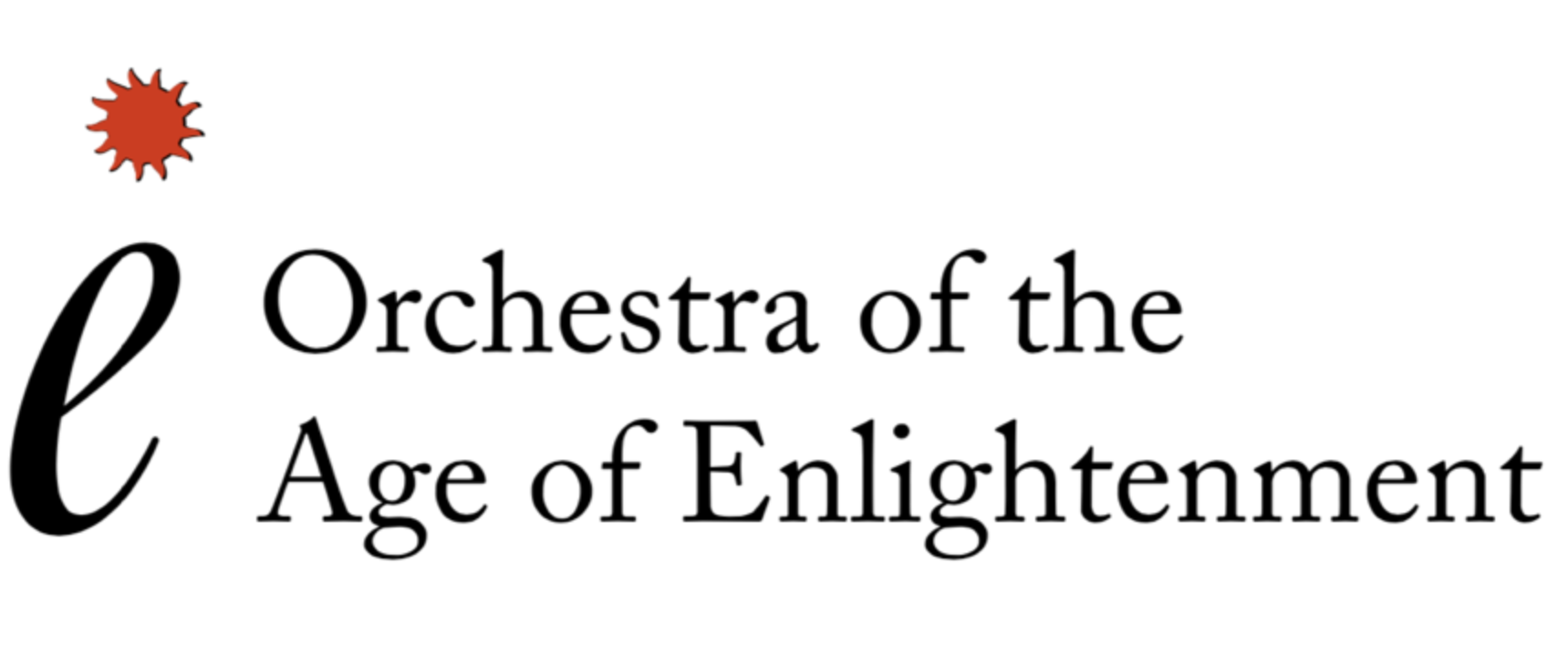Composing from the Old World to the New 26 March 2024
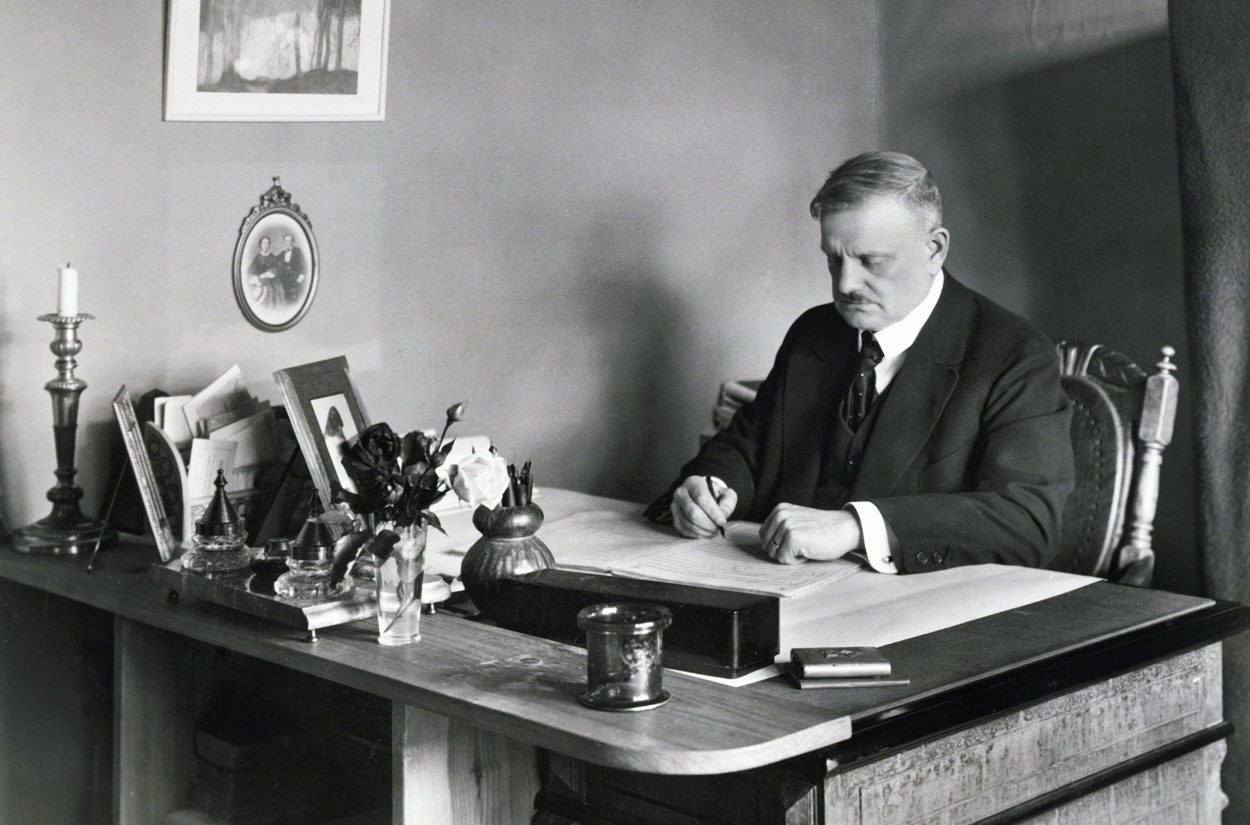 Jean Sibelius in his studio, 1915 © A. Dagli Orti / © NPL - DeA Picture Library
Jean Sibelius in his studio, 1915 © A. Dagli Orti / © NPL - DeA Picture Library
1915 was a peculiar year for Jean Sibelius. It was the year he turned fifty, and also the year he became a grandfather. ‘A strange feeling’, he confessed to his diary. It was made even more strange by the fact that his birthday would be celebrated extremely publicly. By 1915 Sibelius was one of the most famous figures in Finland. In his birthday year, congratulations poured in from admirers across the world, his portrait looked out from Finnish shop windows, honorary banquets were arranged, and the premiere of his Fifth Symphony was set for a public concert on the date of his birthday itself, 8 December.
This might have been oppressive for anyone, but it was especially so for a man already anxious about ageing. Sibelius’s early forties had been dominated by operations for suspected throat cancer, which shocked him into giving up his heavy drinking and smoking — even if only temporarily. He had begun keeping a diary to help stave off his vices. ‘Do not lapse into tobacco and alcohol. Instead, scribble in your “diary”’, he wrote. On the approach to his fiftieth birthday, however, temptation called a little too strongly. He returned, cautiously, to his cigars and alcohol. He simply did not know how to feel about getting older. ‘Every age like every season has its own distinctive feature — please God that I may be wise and prudent and above all new’, he mused. ‘This “uncertainty” penetrates into my bones.’
On top of that, Sibelius was concerned about the status of his music on an international stage. At home in Finland, he had an unassailable position as a “national” figure. Born in 1865, Sibelius’s early years had been defined by the rise of the Finnish nationalist movement. Finland had been a Grand Duchy of Russia since 1809, and throughout the nineteenth century there were increasingly urgent calls for political independence from Russia. Sibelius came of age as a composer at the same time that Finnish nationalists were looking for a cultural figurehead to unite behind. He gave them the sound they were searching for in early works like the choral symphony Kullervo (1892) based on the Finnish national epic the Kalevala, and Finlandia (1899), originally composed for an event protesting Russian press censorship. ‘We recognise these tones as ours, even if we have never heard them as such’, claimed the critic Oskar Merikanto — disregarding the serious debt that Sibelius’s early style owed to Russian influence.
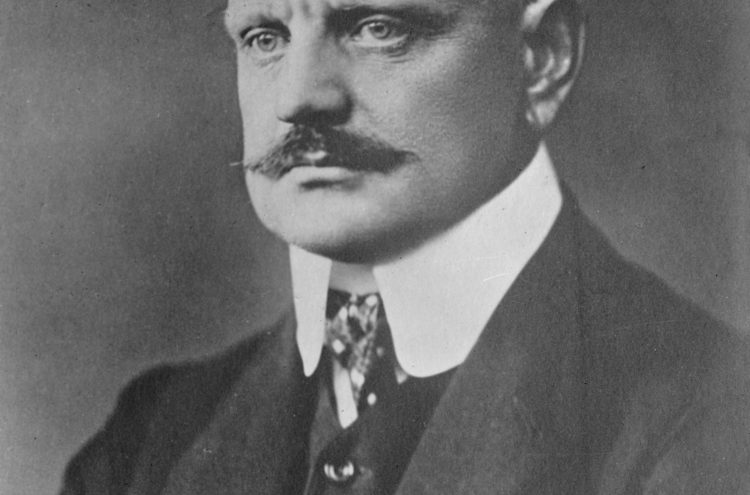
Although Sibelius had initially embraced his status as a national hero, it was something that he later came to feel ambivalent about. ‘Am I really only a “nationalistic” curiosity?’, he asked his diary despairingly in 1910, when he realised the limitations of being a “national” figure abroad. European attitudes were perhaps best summed up by Gustav Mahler. ‘They are the same everywhere, these national geniuses’ he wrote home after hearing Sibelius’s music in 1907. ‘One of these pieces was just ordinary “Kitsch”, spiced with certain “Nordic” orchestral touches like a kind of national sauce.’
Nationalism made Sibelius famous, but it also put restrictions on the way he was perceived in an international market. This was exacerbated by the fact that his “national” music often involved techniques associated with Romanticism, from sweeping melodies to lush orchestrations and rich harmonies — which were viewed sceptically by a world becoming obsessed with ideas about progress, newness, and modernity.
In the early years of the twentieth century, the arts were being shaken to their foundations. Composers like Richard Strauss and Arnold Schoenberg were pushing tonality to its very limits. Gustav Klimt was causing scandal in Vienna with his bold, gold canvasses, as were Mahler’s vast symphonies with expanded percussion sections, creating new timbres which perplexed his audiences. While some ushered in this new age, many objected in the strongest possible terms. Mahler’s music was nothing more than ‘cosmetic powers that give the meagre motifs the appearance of meaning’, sneered one reviewer. In Vienna, the critic Max Nordau warned that if developments continued along these paths, it would mean ‘the end of a world order which for thousands of years satisfied logic, fettered depravity, and produced beauty in all the arts’.
Sibelius had to be “modern” if he was going to be taken seriously as a composer rather than dismissed as a novelty. This caused him no end of worry, not least because he didn’t want to follow the paths Schoenberg and Strauss were taking. He had his own voice, his own ideas. When he worried in 1913 that he could ‘no longer interest the European public’, he reassured himself that it was because he had ‘perhaps not been enough of a follower.’ The only problem was whether his style would still have an audience in this new century. ‘I want to sell everything that I have, but — who is buying’, he lamented. ‘Should this be the end of Jean Sibelius as a composer?’
No wonder, then, that the Fifth Symphony took years of revisions — and three different versions — before Sibelius was finally happy with it. The first version that was heard in 1915 is quite different from the completed symphony that we know today. Its first incarnation was far more dissonant than the final instantiation, sounding like an embodiment of the ‘uncertainty’ that Sibelius pondered in his diary. With each round of revisions Sibelius streamlined the symphony to make it more direct and purposeful — but even in the work’s final form, some of the original uncertainty remains in the ponderous silences that punctuate the closing chords. Sibelius straddles the boundaries between national and international, romantic and modern, intimate and public, making audible the tensions of these competing pressures.
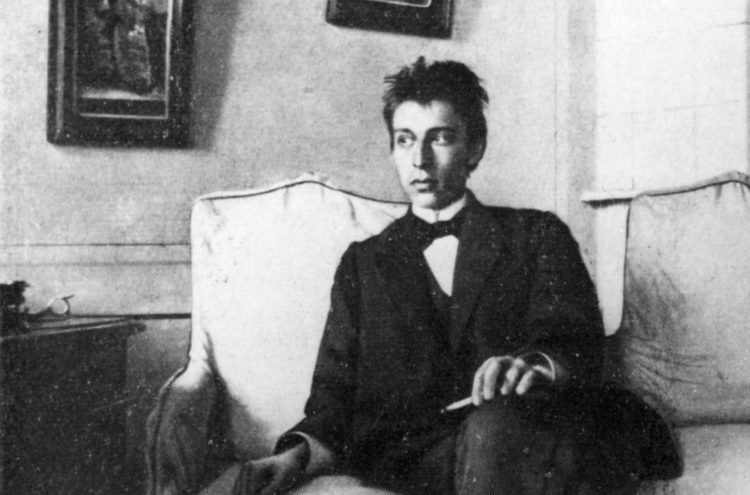
Sibelius was not alone in finding this new musical world difficult to navigate. Many composers of his generation were not prepared to leave tonality behind, and as the twentieth century progressed they found themselves in the strange position of being loved by audiences and lambasted by critics. The most extreme example of this is surely the Russian composer Sergei Rachmaninov. Despite one critic’s judgement in 1954 that the ‘enormous popular success’ of Rachmaninov’s ‘monotonous’ music was ‘not likely to last’, to this day he remains one of the most widely performed composers in the world. The instant, international fame that he acquired from his 1892 Prelude in C# Minor proved enduring, and many of his pieces are instantly recognisable from their appearance on film and game soundtracks, or as the inspiration for pop songs.
In some ways, Sibelius and Rachmaninov embraced all that the modern world had to offer. (Rachmaninov especially had a penchant for fast cars and speed boats.) And musically, in the late years of the nineteenth century, both were viewed as progressives at the cutting edge. When Rachmaninov’s The Rock was performed in London in 1899, The Musical Times said its orchestral effects were ‘amazingly clever, some quite new’. His Symphony No. 1, meanwhile, was lambasted by fellow composer César Cui in 1897 as far too modern, with ‘sickly perverse harmonisation’ that left ‘an evil impression’. As for Sibelius, right up until 1910 he was still widely thought of as a modern composer. When his Fourth Symphony premiered, one critic called it ‘the modern of the modern’, and another, more perplexed, simply said of it that ‘everything seems so strange. Curious transparent figures float here and there, speaking to us in a language whose meaning we cannot grasp.’
It was especially disorienting, therefore, for both composers to find the musical world drifting away from them through the 1920s and 1930s. ‘I feel like a ghost wandering in a world grown alien’, Rachmaninov confessed. ‘I cannot cast out the old way of writing, and I cannot acquire the new.’ Perhaps audiences could empathise, because they continued to gravitate towards Rachmaninov and Sibelius’s works, even when the latter was denigrated as ‘the worst composer in the world’ by one music theorist. These two composers took the narrative and pictorial techniques developed by Romantic composers and restyled them for a modern world, offering audiences a contemporary but approachable musical language.
"I feel like a ghost wandering in a world grown alien, I cannot cast out the old way of writing, and I cannot acquire the new. "
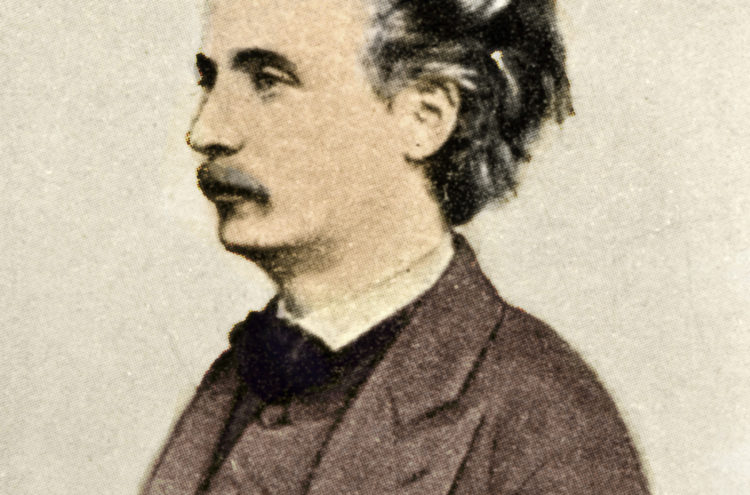
Born a generation before Sibelius and Rachmaninov, Grieg died before he could be recast as a living relic, out of step with his times. Like Sibelius, though, he too found himself labeled a “national” composer far longer than he felt desirable. When Grieg was born in 1843, Norway was in a personal union with Sweden, which would not end until 1905. Although never as fervent as in Finland, Norway also had a prominent nationalist movement, of which Grieg was part. ‘I would not want to belong to any other nation in the world!’, he proclaimed, and in many of his works he aimed to express a Norwegian musical identity. From 1864 onwards, folk music in particular became a prominent influence in works like the Lyric Pieces (1866-1901), and the song cycle Haugtussa (1895-8).
But again, like Sibelius, Grieg’s musical relationship to nationalism was complex. Both composers were well-travelled, and were heavily influenced by both European and Russian culture. Their music was not developed in a vacuum. Grieg’s vision of nationalism was certainly outward-looking and cosmopolitan, and he saw his own musical efforts as a way of moving Norway towards a more progressive politics and culture. While composing his incidental music for Henrik Ibsen’s play Peer Gynt in 1874, he wrote to a friend that he hoped Peer Gynt could
do some good in Christiania, where materialism is trying to rise up and choke everything that we regard as high and holy. There is a need for a mirror, I think, wherein all the egotism can be seen, and Peer Gynt is such a mirror.
For all Grieg’s nationalist sympathies, he felt that he ‘literally can’t stand to listen’ to his music for the Hall of the Mountain King, ‘because it absolutely reeks of cow pies, ultra-Norwegianness and trollish self-sufficiency!’ He reconciled himself to the piece because he believed that ‘the irony will be discernible, especially afterwards when Peer Gynt, against his will, is obliged to say, “Both the dancing and playing — may the cat claw my tongue — were pure delight.”’ Any irony that once existed, however, is lost in the orchestral suite that takes the movement out of the play’s context and away from Peer’s sarcastic line. One wonders what Grieg would have made of the fact that ‘In the Hall of the Mountain King’ has since become one of his best-known works, perpetuating through all the debates about modernity that rocked the musical world of the twentieth century to emerge, unscathed, as the theme music for Alton Towers.
Perhaps part of the secret to the continued success of composers like Sibelius and Rachmaninov is that their music offers no easy answers. Their works can speak to so many people because they are so intensely human, allowing hesitance, fear and insecurity to sit alongside joy and hope and confidence. In a world that is changing just as rapidly as theirs, we need these works that invite us to make sense of a transforming society just as much as audiences did over a century ago.
Hear us perform Sibelius Symphony No. 5 at the Southbank Centre on 3 April.
" In a world that is changing just as rapidly as theirs, we need these works that invite us to make sense of a transforming society just as much as audiences did over a century ago."
